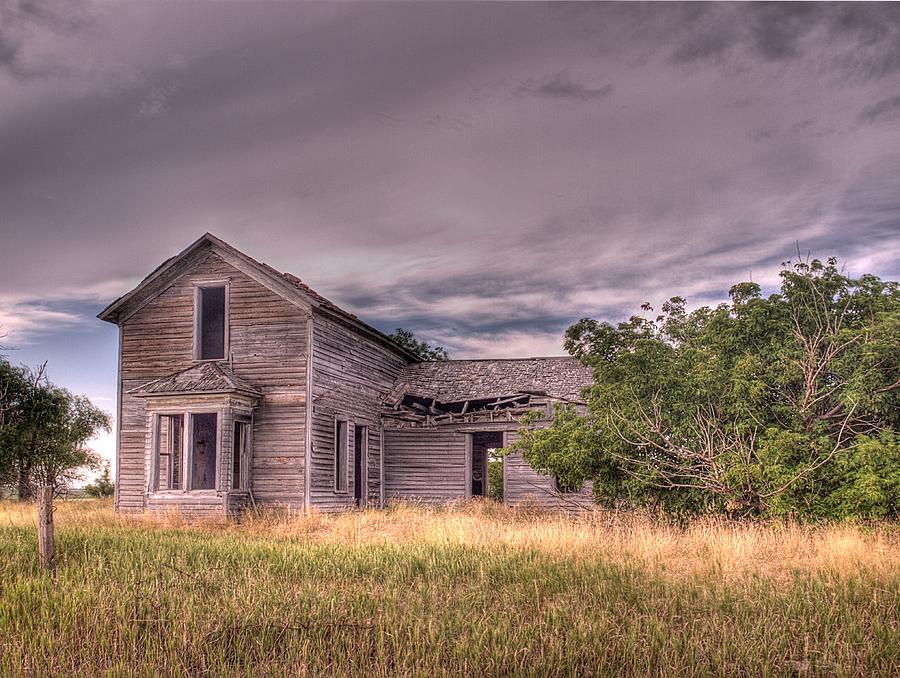 Compendium Of Wendell Berry Pax Posts
Compendium Of Wendell Berry Pax Posts
'The Seer:' Wendell Berry And The Vanishing Beauty Of Small Farms
The Seer: A Portrait of Wendell Berry, a documentary premiering today at the SXSW Interactive Festival in Austin, conveys the joys of living in a rural American community and, also, the hellish changes to that manner of life wrought by massive industrialization.
The film takes place in Henry County, Ky., where writer and activist Wendell Berry'sfamily has farmed the land for 200 years.
Directed by Laura Dunn, the movie isn't afraid to look at farms and farmers with emotion — one thing that drew me to it. (I screened the film at home, not in Austin.) Dunn interviews Berry, his wife Tanya and daughter Mary, and others — like organic farmer Steve Smith. Collectively, their words sear.
"A little nowhere place," Berry says, that's what these small rural towns are called now. Rural folks know all too well the prevailing sentiment in the country at large that, as Mary puts it: "If you were smarter, you'd do something besides farming."
And, of course, more of us than ever before are doing something besides farming: Once 45 percent agrarian, the U.S. is now only 4 percent agrarian. As Berry wrote in his now classic, non-fiction book The Unsettling of America, first published in 1977 — and as is heard again in the film — the decline in farming over time is tied to agribusiness. The expensive materials that make farming more efficient, all the technology and all the chemicals, cost so much that more acres have to be planted, and then those acres have to be farmed more efficiently, and so it goes, around and around.
Tanya, in a perfect on-screen evocation of Wendell Berry's theme through his decades of writing and environmental activism, says that what has to come back into our consciousness is this: that it's possible to live a decent life on a farm without being industrialized.
Central to The Seer is something else that faithfully reflects Berry's writing and activism: an acute sense of place, the sense that the land, this particular beloved Kentucky land, makes possible the story. It's not, Berry clarifies, that this land offers up subject matter; the connection goes deeper than that.
"The place is precedent to my work," he says. And in the film, the scenes we see — a quiet natural world or people at work on the land — allow us to see also what he intends by that statement.
Seeing nature, as the film's title suggests, is all-important for Berry. Mary remembers that, growing up, she was told always "to look and see" by her parents: What is beautiful and right? What is ugly and needs fixing?
That same vision is present, too, in Berry's fiction, the genre of his writing that I know best. His Port William novels (Port William stands in for Henry County) feature farmers Old Jack Beechum and younger Andy Catlett and their kin and friends who live out their love of the land and lament the losses that industrial-scale modernization brings.
In The Memory of Old Jack, the deep bond between a farmer and land weaves itself into every page:
Time's fluidity is ever-present in these novels. With many generations of family and other loved ones working the land, the old teach the young who teach the old, and the past doesn't vanish but lingers. In Remembering, as Andy Catlett approaches Port William after being away in San Francisco, Berry writes:
Yet that connection Andy feels can forcibly be altered by cultural shifts and right there, at the heart of that sad knowledge, is, I believe, the strongest intersection between Berry's non-fiction and fiction, between his writing and his life.
The film does inspire hope. Local food movements and farmers' markets, the Berrys say, are a good start — but not enough because changes in how food is sold and consumed must be linked to land use. Good farms can, and do, exist. As Berry toldModern Farmer last year:
I think not of "livestock" in any generic sense but of individual cows, pigs and chickens kept on small farms out of crowded conditions, gestation crates or battery boxes. And, yes, I know that the very mention of farming that may involve animal slaughter kicks us into turbulent waters, because as this column by Bruce Friedrich, now executive director of The Good Food Institute, shows, serious conversation exists about whether "humane meat" is ever really possible.
Wendell Berry asks us to remember farming families and farming communities as we discuss these hard issues. The Seer opens up a space — a visually beautiful space — to talk about the land and all of us who live on it and off it.
Barbara J. King is an anthropology professor at the College of William and Mary. She often writes about human evolution, primate behavior and the cognition and emotion of animals. Barbara's most recent book on animals is titled How Animals Grieve. You can keep up with what she is thinking on Twitter: @bjkingape.
No comments:
Post a Comment